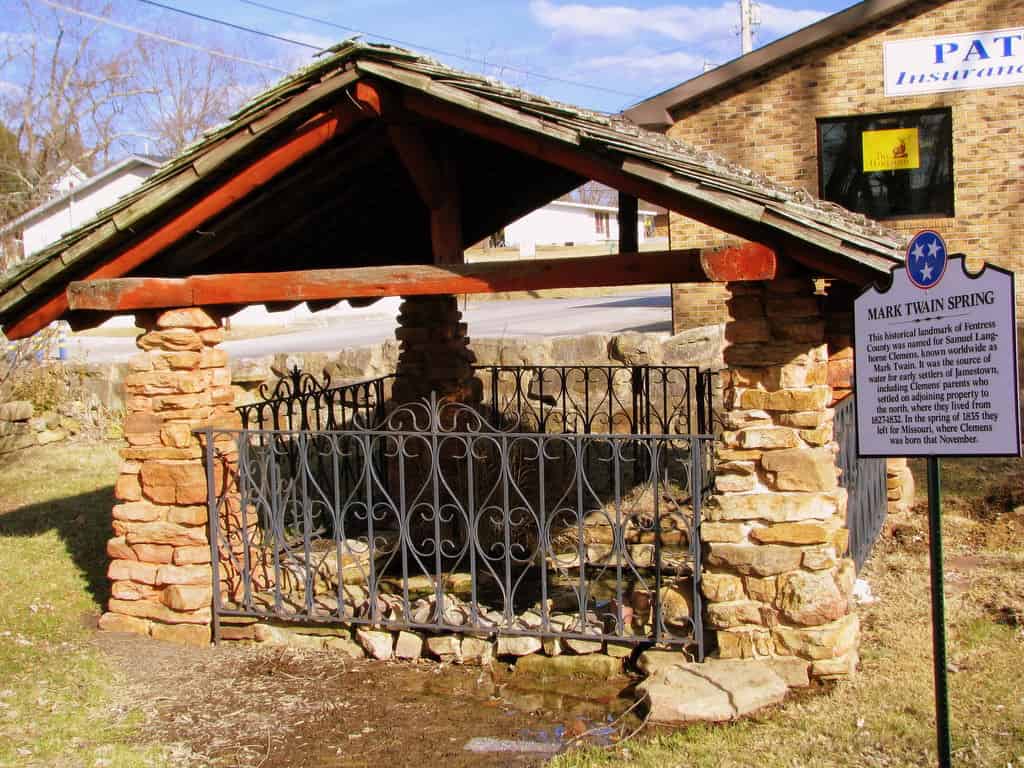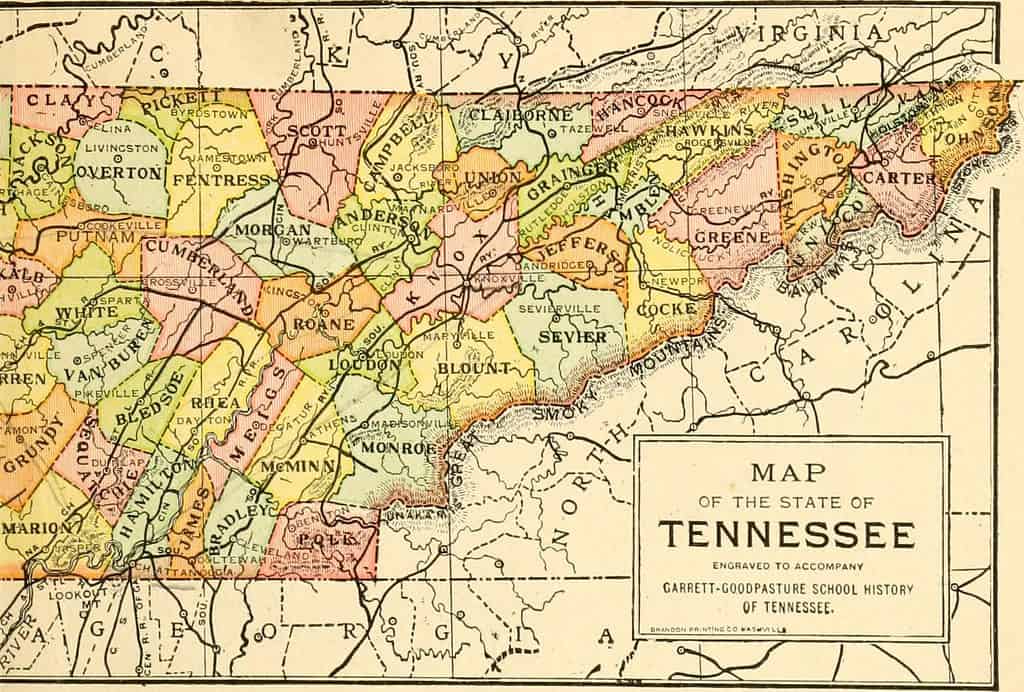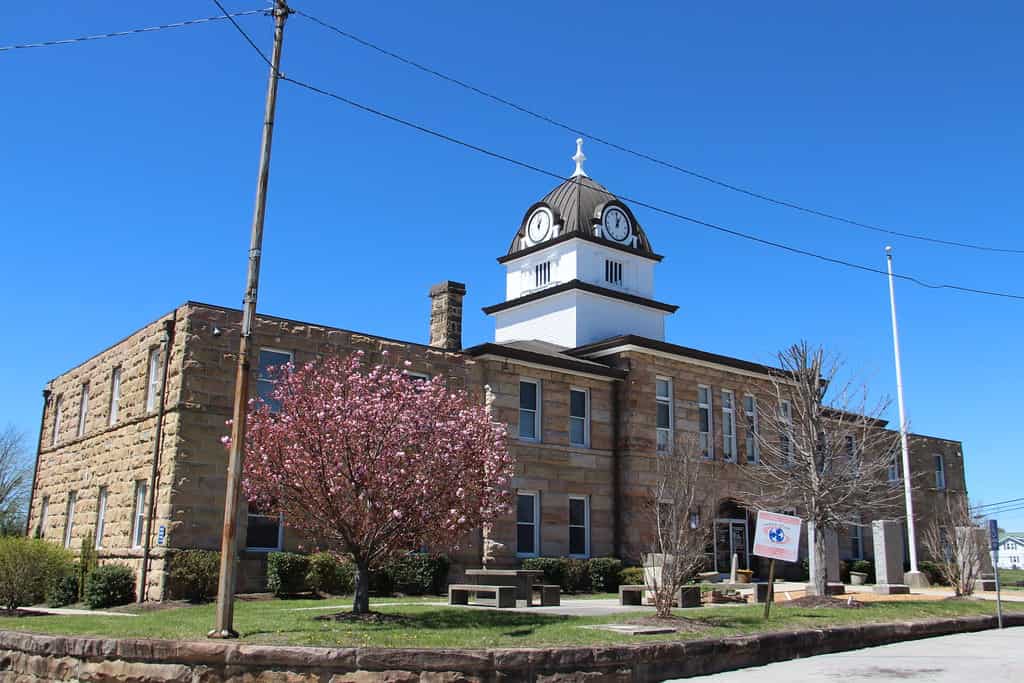Tennessee is home to some of the nicest views and amazing towns. Nashville is known for its country music scene. Memphis is home to amazing barbecue and jazz music. According to the U.S. Census, the average household income for Tennessee was $58,516. Unfortunately, there are a lot of towns in Tennessee that bring this number down. This isn’t an idea that’s just in Tennessee, it’s something that’s part of every state. Before we dive into the poorest town, here’s a list that displays the five cities with the highest poverty rates.
The Top Five Poorest Cities in Tennessee
Even though Tennessee has many different cities, we’ll be looking into the poorest town for this article. Regardless, it’s still important to discuss and acknowledge the poorest cities in Tennessee. Here’s the date that breaks down the five poorest cities in Tennessee.
| City Name | % Individuals Below the Poverty Line | # of Individuals Below the Poverty Line | # of Employed Individuals Below the Poverty Line | Median Household Income |
| McMinnville | 31.6% | 4,155 | 731 | $35,909 |
| Union City | 31% | 3,097 | 596 | $28,580 |
| Athens | 28.3% | 3,655 | 683 | $31,913 |
| Morristown | 26.6% | 7,653 | 1,713 | $32,193 |
| Lawrenceburg | 25.4% | 2,644 | 429 | $34,086 |
What is the Poorest Town in Tennessee?

Even though it classifies as the poorest in Tennessee, Jamestown has some interesting history to look back on.
The title of lowest media household income in Tennessee belongs to Jamestown. This small town is home to almost 2,000 people where the average household income is $18,000 per year. Breaking it down, that averages to $1,500 per month, $360 per week, $72 per day, and $9 per hour. This is based on a five day, eight hour work week with two weeks off that companies legally must provide. The average income of $18,000 is 69.24% lower than the $58,516 average income you can find in the rest of Tennessee. 46.7% of citizens fall below the poverty line, while only 14.3% of people throughout the state of Tennessee fall below the line. Even though it classifies as the poorest in Tennessee, Jamestown has some interesting history to look back on.
What is the History of Jamestown, Tennessee?

The Mark Twain Spring is a historical part of Jamestown.
Jamestown was founded back in 1823 and was named after a politician named James Fentress. It became its own city in 1837 and was the home to a famous author’s father. Mark Twain’s father, John Clemens, spent a lot of time in Jamestown before moving to Missouri. The elder Clemens was the first circuit court clerk and even helped design the first jail and courthouse in the town. The town has a commemorative spring named the Mark Twain Spring, which is the spring his father used for water when living there. The area was also heavily involved in the Civil War, almost splitting resources equally amongst both sides. This is because of the location of Jamestown.
Where is Jamestown On A Map?

The top left of the map shows a county named Fentress. It’s yellow and Jamestown is at the center.
©Internet Archive Book Images / CC0 1.0 – Original / License
If you were to look for Jamestown on a map, you’d want to look toward the northern part of Tennessee. The town almost equally splits distance between Nashville and Knoxville, where the University of Tennessee is located. The local scenery includes the Cumberland Plateau along with many creeks, rivers, and lakes. Jamestown also is one of the furthest places east that’s still included in the Central Time Zone. In fact, if you were to drive the 90 miles to Knoxville, you’d cross into the Eastern Time Zone. Jamestown is a very humid place that averages almost 5 inches of rain per month, except in September, October, and November. It only snows a few days out of the year, making it a very nice outdoors area.
What Animals Might You See in Jamestown?

One animal you might stumble across in Jamestown is the American toad.
©Katja Schulz from Washington, D. C., USA / CC BY 2.0 – Original / License
Because it’s situated near the Cumberland Plateau, there are plenty of animals you might come across. Odds are you’ll see one of the many different species of frogs, such as the green tree frog or the American toad. There are also countless different types of salamanders, including the northern slimy salamander and the mole salamander. Be sure to keep your eyes peeled as snakes like the pine snake and gray rattlesnake have been known to slither into Jamestown.
What’s the Crime in Jamestown Like?

Jamestown ranks in the 30th percentile in terms of safety compared to every other town in the United States.
According to SecurityGuage, Jamestown averages only four violent crimes and 26 property crimes per year. Jamestown ranks in the 30th percentile in terms of safety compared to every other town in the United States. Given the poverty rate and low household income, that number isn’t as bad as many people would have thought. The people still care about each other, a quality you can find in most small towns.
Even though it’s considered to be the poorest town in the state of Tennessee, Jamestown still has a lot to hang its hat on. The town cares about lifting each other up and trying its best. There are countless examples of amazing outdoor views and animals you can come across. Being associated with Mark Twain in any capacity automatically earns you cool points. Jamestown has continued to strive to get better, and that’s not going to ever change.
The photo featured at the top of this post is © AndreyKrav/iStock via Getty Images
Thank you for reading! Have some feedback for us? Contact the AZ Animals editorial team.







